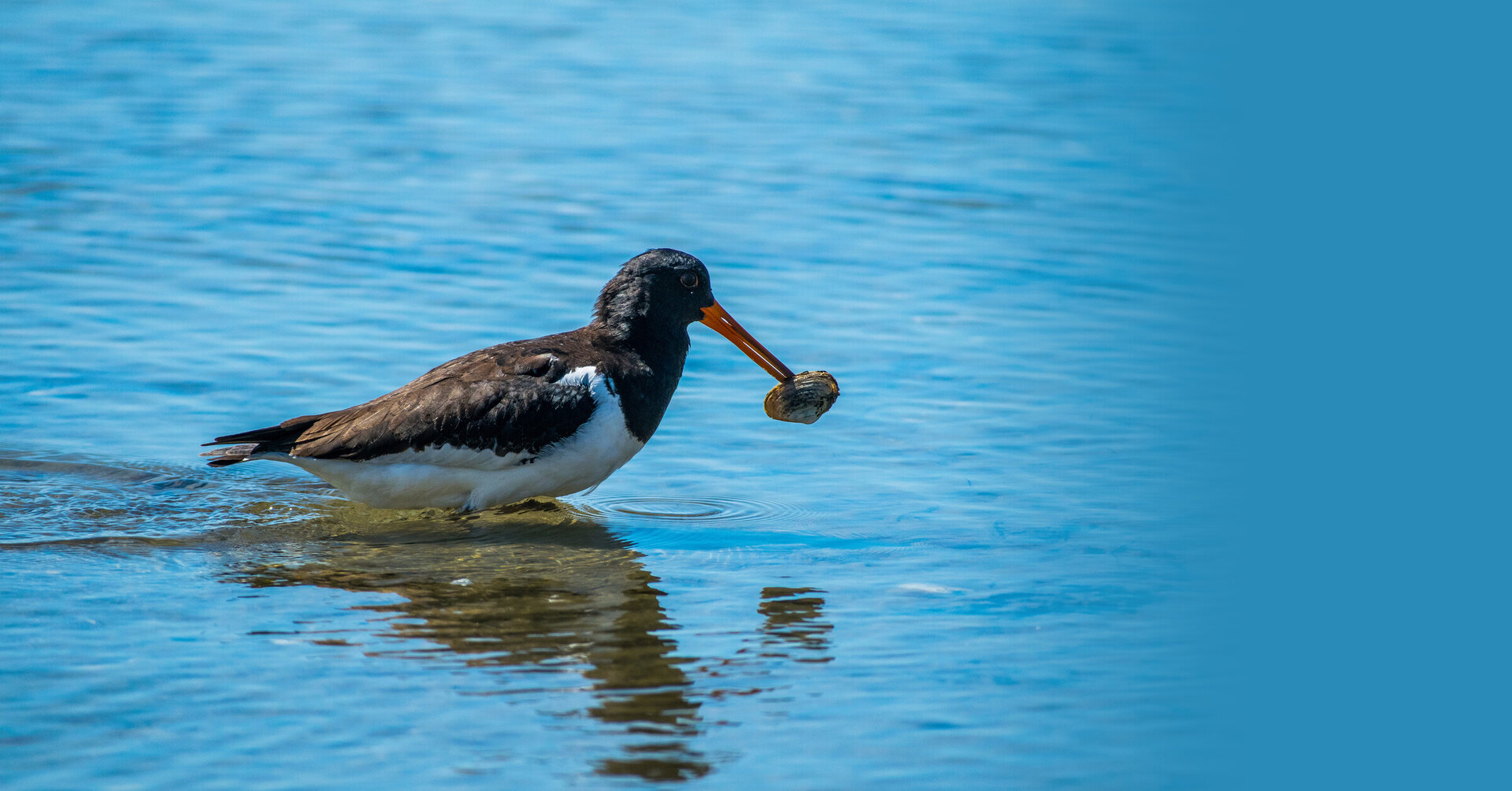E coli
Wai Kōkopu regularly monitors 7 sites around the estuary for Escherichia coli (E. coli). E. coli concentrations are used to monitor faecal contamination – human sewage or animal waste. We use the EPA Method 1603 – E. coli in water by Membrane Filtration.
We have aimed to sample these 7 sites fortnightly over the last 2.5 years. Given a variety of sampling challenges (weather, supply shortages, staff changes etc.) this has not always been achieved, but we have been able to build a detailed dataset of E. coli concentrations in the 4 major streams feeding the estuary, and the estuary’s waters. It can be seen from the data that many sites are regularly unsafe for swimming, and shellfish are consistently unsafe for eating.
We have been able to draw some conclusions from this detailed monitoring regime over the last three years. With these trends established, and due to funding changes, as of June 2023 Wai Kokopu will now be testing these sites quarterly.
Click on red button below the map or “why this status” to see the current and historic water quality results.
Current safety parameters for E. coli
Activity | Safe E. coli | |
|---|---|---|
Swimming | Water < 550 | |
Gather pipi to eat | Water < 14 | |
Gather pipi to eat | Pipi < 2.3 |
Water Testing Methodology
At River Sites – even those subject to saline/tidal flows we follow the National Policy Statement for Freshwater Management (2020) guidelines that state: if any single E. coli level at a monitored site is above 260 E. coli per 100 mL, the regional council must (unless the council is satisfied that the elevated result is temporary or the cause is being addressed):
(a) increase sampling frequency to daily, where practicable; and
(b) take all practicable steps to identify potential causes of microbial contamination.
Additionally, if any single E. coli level is above 540 E. coli per 100 mL, the regional council must, as soon as practicable, take all practicable steps to notify the public and keep the public informed that the site is unsuitable for primary contact, until further sampling shows a result of 540 E. coli per 100 mL or less
Bay of Plenty Regional Council has set their safe swimming limit for Freshwater at 550 E. coli CFU/100 ml of water based on the Microbiological Water Quality Guidelines (2003). Our data has been coloured to reflect their practice.
At Estuarine and Marine sites:
For marine/salt water influenced waters there is currently no legislated safe swimming limit. Councils vary in their monitoring methodologies between faecal coliforms and Enterococci. Because E. coli is one of 4-5 bacteria that make up the faecal coliform group, Wai Kōkopu monitors E. coli at marine/salt water influenced sites.
Our reasoning for using this method is that E. coli monitoring, in addition to the Regional Council’s monitoring scheme, may allow for a better understanding of the sources of faecal pollution and public health risks. (Microbiological Water Quality Guidelines (MfE, 2003)).
Our safety limits for shellfish flesh and shellfish gathering waters are based on those set out in the Regulated Control Scheme - Bivalve Molluscan Shellfish for Human Consumption (2021).
Map is for visualisation only – Click Why this status? Below to access results



